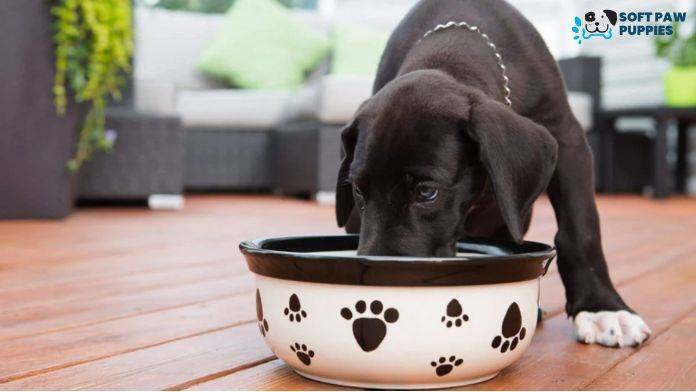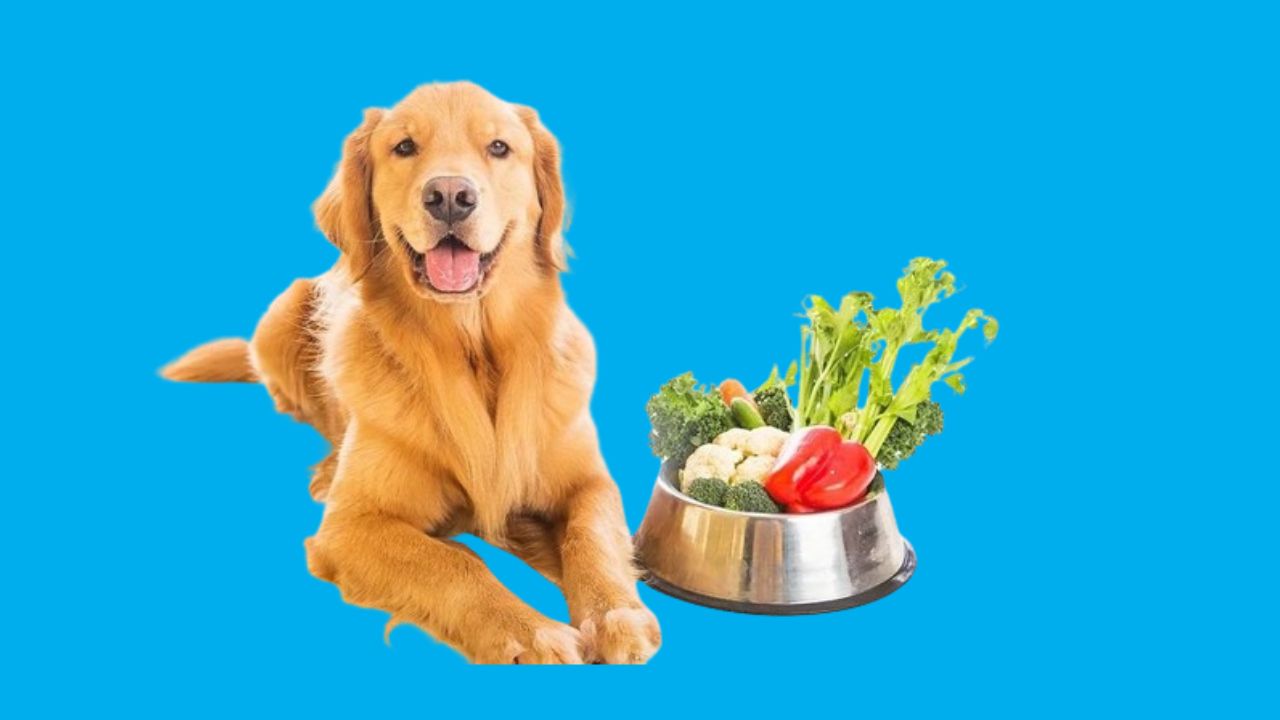
Welcoming a new puppy into your home is an exciting and joyous occasion. As a pet owners providing them with the right nutrition for healthy growth and development is crucial. While puppies initially rely on their mother’s milk, there comes a time when introducing solid food becomes necessary. In this article, we’ll explore when can puppies eat wet food and offer valuable insights to make the transition smooth for you and your furry friend.
The Right Age to Start Feeding Puppies Wet Food
Puppies begin weaning off their mother’s milk around four to six weeks. At this stage, their teeth emerge, and they show interest in exploring solid foods. While some pet owners prefer to start with dry kibble, introducing wet food can benefit their health. However, you must consult your veterinarian before making any dietary changes.
Benefits of Wet Food for Puppies
Wet food offers several advantages when it comes to feeding your growing puppy. First and foremost, it provides a significant source of hydration, as wet food contains a higher water content than dry kibble. This can be particularly beneficial for puppies who may not drink enough water independently. Additionally, wet food is often more palatable, making it an excellent choice for picky eaters or puppies transitioning from their mother’s milk.
What to Feed Your 2-Month-Old Puppy
When your puppy reaches the age of two months, their nutritional needs start to change. At this stage, providing them with a balanced diet is important to support their growth and development. A high-quality puppy food formulated for their age and breed is recommended. Look for products that contain essential nutrients such as protein, vitamins, and minerals to promote strong bones and a healthy immune system.
Transitioning from Dry to Wet Food
If you’ve been feeding your puppy dry kibble and wish to transition to wet food, it’s essential to do so gradually. Abrupt dietary changes can upset your puppy’s stomach and lead to digestive issues. Start by mixing a small amount of wet food with their dry kibble and gradually increase the proportion of wet food for one to two weeks. Monitor your puppy for any signs of gastrointestinal distress during this transition period.
How to Introduce Wet Food to Puppies
Introducing wet food to puppies requires patience and a gradual approach. Begin by offering small amounts of wet food alongside their regular meals. Mix the wet food with warm water to create a gravy-like consistency, which can be more enticing for your puppy. Use positive reinforcement and encourage your puppy to try the new food. Be consistent with the feeding routine and avoid offering table scraps or unhealthy treats.
Wet Food Feeding Schedule for Puppies
Discover the ideal age and benefits of introducing puppies eat wet food. Establishing a consistent feeding schedule is crucial for your puppy’s well-being. Divide their daily food intake into several small meals throughout the day. For a two-month-old puppy, three to four meals are generally recommended. Ensure you follow the guidelines provided by the food manufacturer regarding portion sizes. Monitor your puppy’s weight and adjust the feeding amounts accordingly to prevent underfeeding or overfeeding.
Ensuring a Balanced Diet for Your Puppy
While wet food is a valuable addition to your puppy’s diet, it should not be the sole source of nutrition. Consider incorporating wet food, dry kibble, and occasional treats to ensure a balanced diet. This variety will give your puppy essential nutrients and help prevent nutritional deficiencies. Consult your veterinarian to choose the ideal diet plan based on your puppy’s needs.
Common Mistakes to Avoid
When introducing wet food to puppies, it’s essential to be aware of common mistakes that can affect their well-being.
Avoid the following pitfalls:
Overfeeding: Follow the recommended portion sizes to prevent weight gain and other health issues.
Feeding from the table: Table scraps can lead to nutritional imbalances and encourage begging behaviour.
Ignoring dietary guidelines: Ensure you use high-quality wet food suitable for puppies and follow the manufacturer’s instructions.
Inconsistency: Stick to a consistent feeding schedule to establish good eating habits.
Conclusion
Knowing when to introduce wet food to puppies is crucial for their nutrition and well-being. Following this article’s guidelines, you can ensure a smooth transition and provide your puppy with a balanced diet. Consult your veterinarian for personalized advice based on your puppy’s specific needs. Remember to prioritize a balanced diet that includes other necessary nutrients alongside wet food. As you embark on this exciting phase of your puppy’s life, enjoy witnessing their enthusiasm for new flavours and textures while providing them with the nourishment they need to thrive.






